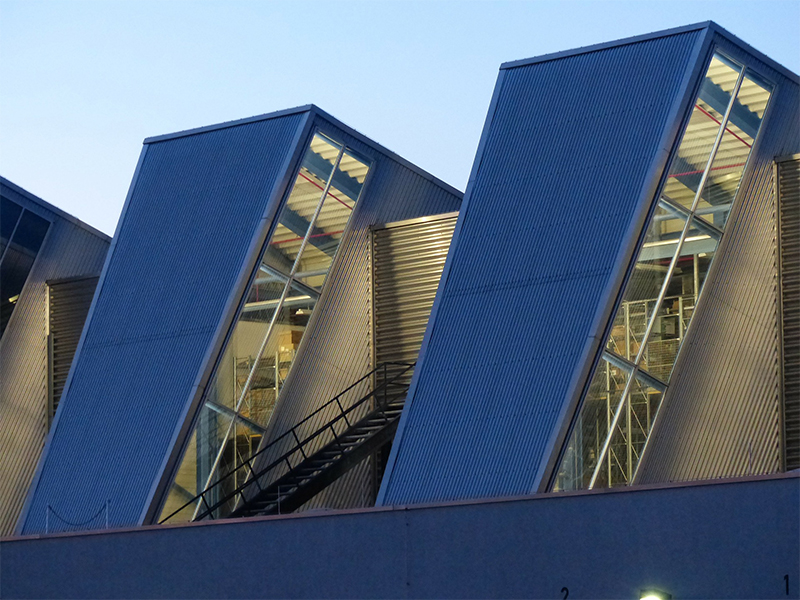Industrial Real Estate Faces Short-Term Decline in NAIOP Report
The resilience that e-commerce offers the industrial market is unlikely to overcome the powerful headwinds of a recessionary economy, according to the latest quarterly forecast from NAIOP.
Given the U.S. economy’s deterioration and the likelihood that the recession will continue through the end of this year, industrial space absorption will decline sharply in the third quarter, according to a report from NAIOP.
READ ALSO: COVID-19 Impact Concerns on the Rise in CRE
NAIOP’s Third Quarter Industrial Space Demand Forecast anticipates this backsliding, despite industrial real estate having outperformed other commercial property types up until now due to the surge in e-commerce. The report expects industrial net absorption to decline to negative 141 million square feet in the third quarter. “Net absorption is forecast to remain negative after Q3, with negative absorption of approximately 72 million square feet in Q4 2020 and 27 million square feet in Q1 2021,” the report states.

Dr. Timothy Savage, Clinical Assistant Professor of Real Estate at the Schack Institute of Real Estate, New York University, and co-author of NAIOP’s Third Quarter 2020 Industrial Space Demand Forecast. Image courtesy of NAIOP
Though the forecast envisions a return to positive net absorption by the second quarter of 2021, “growth in industrial absorption consistent with pre-pandemic trends … is not forecast to resume until Q1 2022.”
Even before the pandemic, NAIOP points out, the growth of e-commerce was disrupting commercial real estate, in part because of the greater efficiency of e-commerce distribution versus brick-and-mortar retail. NAIOP foresees the pandemic likely accelerating this transition and adds, “The automation of physical tasks within warehouses and distribution centers has the potential to increase their efficiency, further contributing to e-commerce’s competitive advantage over traditional retail.”
Larger trends in play
In the shorter term, however, pandemic- and recession-related challenges to industrial real estate include “significant disruptions to supply chains and global trade, reduced manufacturing and construction activity, and widespread store closures among brick-and-mortar retailers,” according to NAIOP.

Dr. Hany Guirguis, Professor of Economics & Finance, Manhattan College, and co-author of NAIOP’s Third Quarter Industrial Space Demand Forecast. Image courtesy of NAIOP
The report suggests these trends and the overall recession “are likely to impair the performance of industrial properties that are not well-positioned for e-commerce distribution.”
In the overall economy, several indicators present challenging conditions for industrial real estate.
- Weekly first-time (or new) unemployment insurance claims are near 1 million nationwide. (Such claims peaked at more than 6.8 million in the early days of the pandemic).
- Market expectations regarding long-term inflation, as reflected in the 10-year breakeven inflation rate, remain nearly 50 basis points below the Federal Reserve’s long-term inflation target of 2 percent.
- The second-quarter gross domestic contraction, if annualized, was nearly 33 percent, “rivaling the early years of the Great Depression,” NAIOP notes.
Read the full report on NAIOP’s website.








You must be logged in to post a comment.